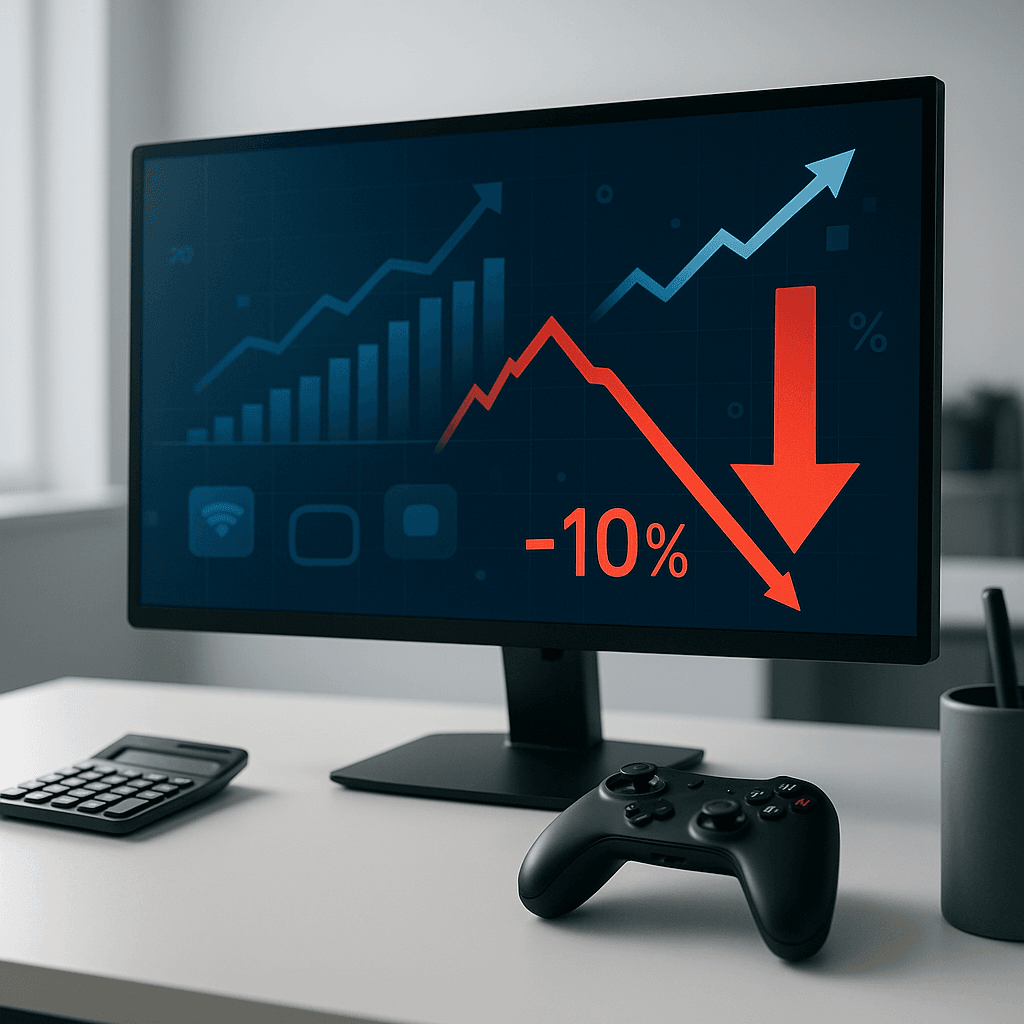Roblox delivered a knockout third quarter with bookings surging 70% and revenue jumping 48%, but investors aren't celebrating. The gaming platform's stock plummeted 10% Thursday after the company warned that hefty spending on safety infrastructure and higher developer payouts could squeeze margins heading into 2026. Despite beating analyst expectations across key metrics, the market's focusing on what's coming next rather than what just happened.
Roblox just delivered one of those earnings reports that perfectly captures the complexity of today's gaming market. The numbers look fantastic on paper - third-quarter bookings exploded 70% to $1.92 billion, crushing LSEG estimates of $1.65 billion, while revenue climbed 48% to $1.36 billion. The company even beat loss expectations, posting 37 cents per share versus the anticipated 49 cents. But Wall Street isn't buying the celebration.
The stock's 10% nosedive tells a different story - one focused squarely on what CEO David Baszucki and his team plan to spend that money on. Roblox just announced it's cranking up capital expenditures to $468 million, a jarring $158 million increase from previous guidance. That's not just any spending bump; it's a deliberate pivot toward safety infrastructure and platform improvements that the company says are essential for long-term growth.
"Our operating margin could decline slightly year-over-year due to the combination of higher DevEx rates and the impact of infrastructure and safety related investments catching up with rapid bookings growth in the back half of 2025," the company told shareholders in its quarterly letter. It's corporate speak for: we're about to spend a lot more money than you expected.
The DevEx reference is particularly telling. Roblox's Developer Exchange Program lets creators convert their in-game currency (Robux) into real cash, and higher DevEx rates mean the platform is paying out more to its army of user-generated content creators. That's great for ecosystem health but brutal for near-term profitability - exactly the kind of trade-off that makes growth investors nervous.
Despite the market's cold shoulder, the underlying business metrics paint an impressive picture. Daily active users jumped to 151.5 million, a 70% year-over-year surge that demonstrates the platform's sticky engagement model. But there's a catch buried in the averages: bookings per daily active user came in at $12.68, missing . Users are growing faster than spending, which could signal either natural expansion into lower-spending demographics or competitive pressure on monetization.











